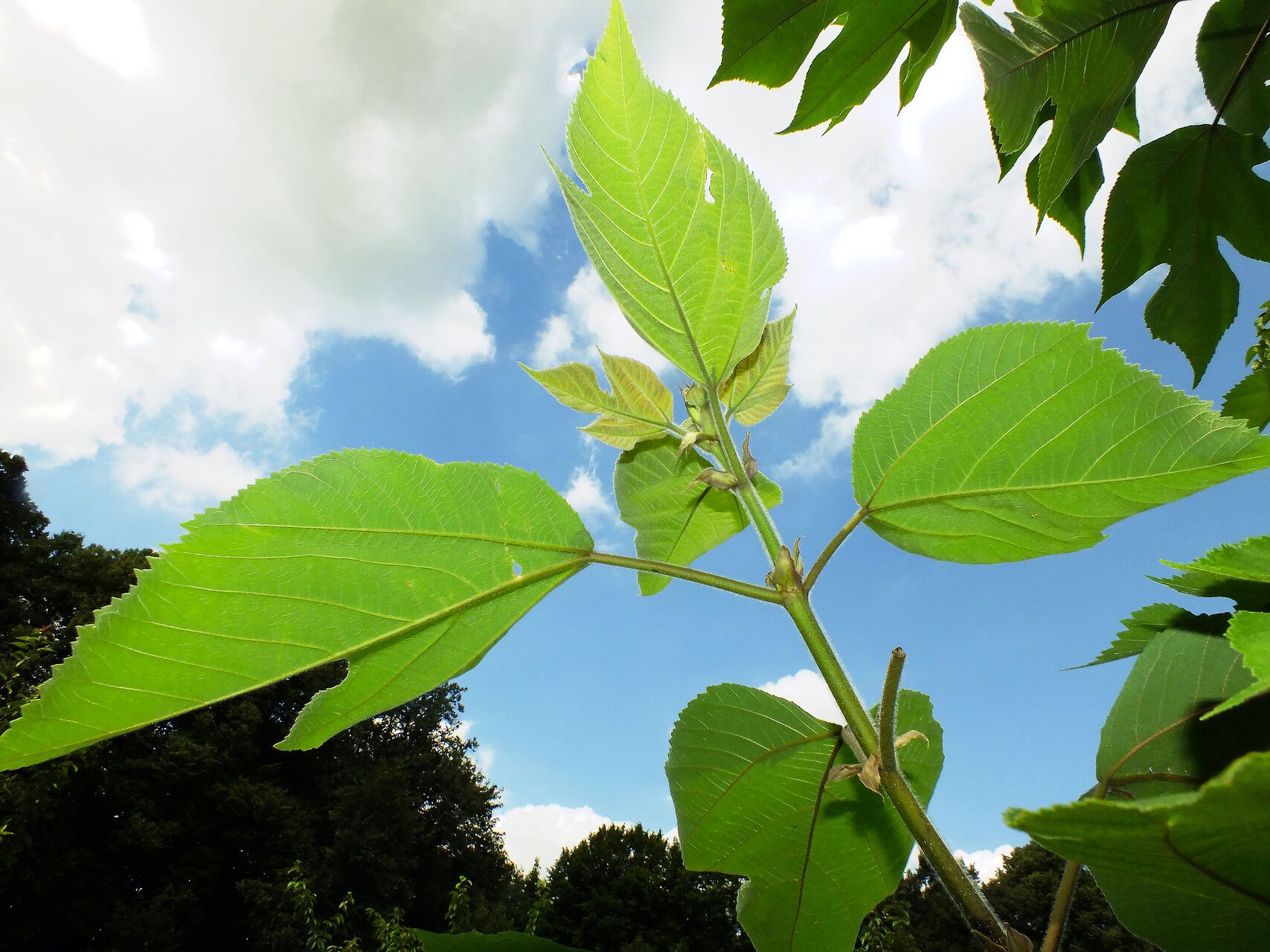ObservaciónBroussonetia papyrifera (L.) L'Hér. ex Vent.observed by Andrzej KonstantynowiczAndrzej Konstantynowicz8 de julio de 2024
Andrzej KonstantynowiczAndrzej Konstantynowicz8 de julio de 2024
observed by Andrzej KonstantynowiczAndrzej Konstantynowicz
Andrzej KonstantynowiczAndrzej Konstantynowicz
8 de julio de 2024
Nombre(s) común(es)
Moral de la China
Familia
Determinación
Proposed determination
Suggest another determination
You don’t agree with the suggested species but don’t have another suggestion
Comentarios
Datos adicionales
Fecha de creación
15 de jul. de 2024
Revisado por última vez
15 de jul. de 2024
Łódź, Botanical Garden
It is native to Asia, where its range includes mainland China, Taiwan, Japan, Korea, Southeast Asia, Myanmar, and India.
Edible plant - fruits raw; leaves cooked; possibly flowers.
Herbal plant - the leaves are astringent, diuretic, used in the treatment of fluxes and gonorrhoea; the leaf juice is diaphoretic and laxative, it is also used in the treatment of dysentery and poulticed onto various skin disorders, bites etc; the stem bark is diuretic, haemostatic, a decoction is used in the treatment of ascites and menorrhagia; a decoction of the twigs is used in treating eruptions, whilst the juice extracted from them is used in the treatment of anuria; the resinous sap found in the bark is used as a vulnerary, and in treating wounds and insect bites; fruits are diuretic, mucilaginous, ophthalmic, stimulant, stomachic and tonic; roots are cooked with other foods as a galactagogue.
Usable plant - when growing in areas polluted by heavy metals it has been shown to concentrate these metals in its tissues - especially lead, zinc and copper; it has a high potential for use in phytoremediation projects, either as a means of removing these metals or as a means of locking them up and helping to restore the fertility of the soil; the plant makes a good shelterbelt and windbreak; the light-coloured wood is straight and even-grained; soft, light in weight, brittle, not very durable, easily worked, it is used for making items such as cups, bowls, packing cases, cheap furniture etc; the tree (part not specified) produces a natural green to yellow-green dye; an oil from the seeds is used in soap and lacquer oil production.
Shared in
Grupos (16)





